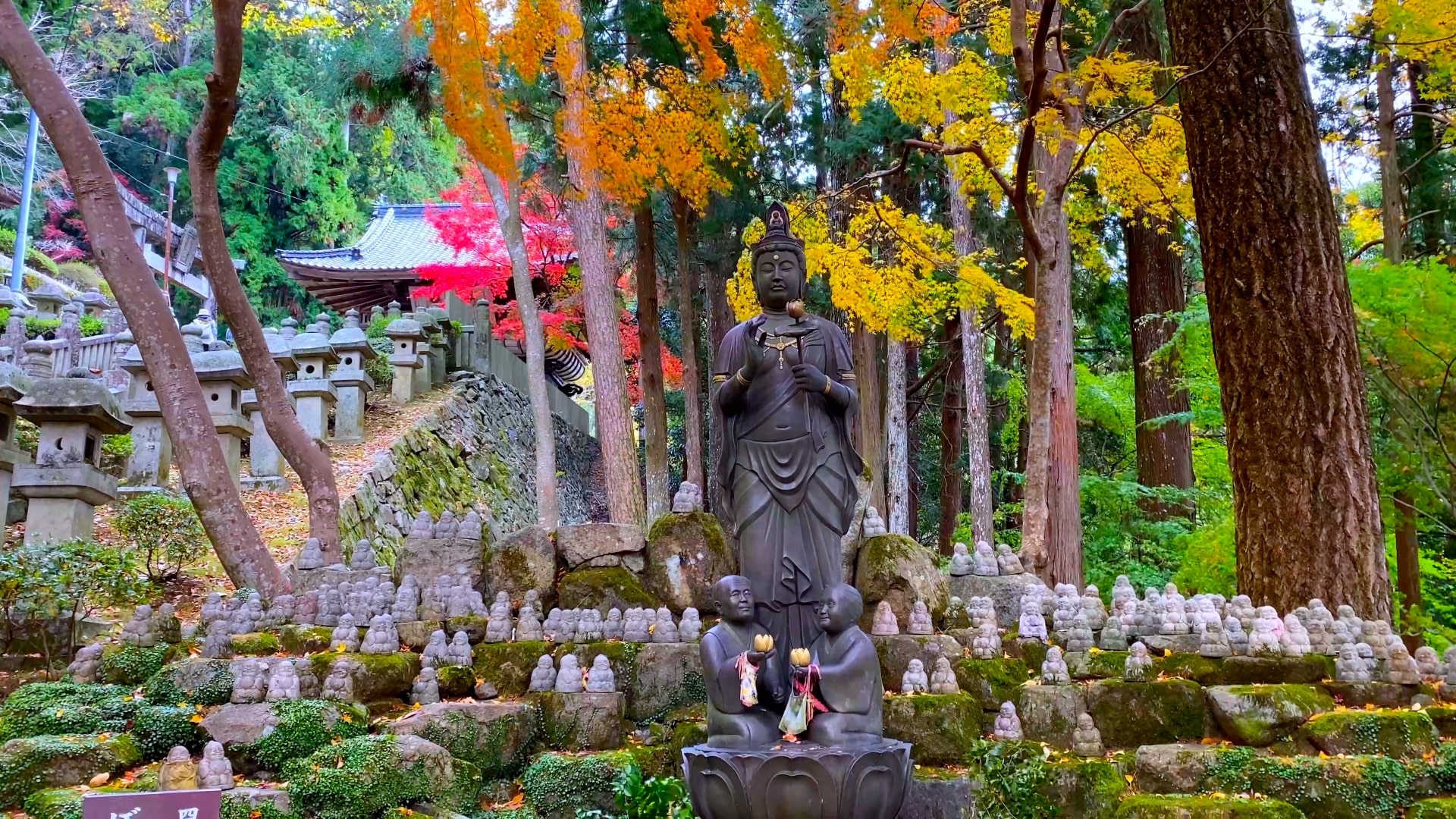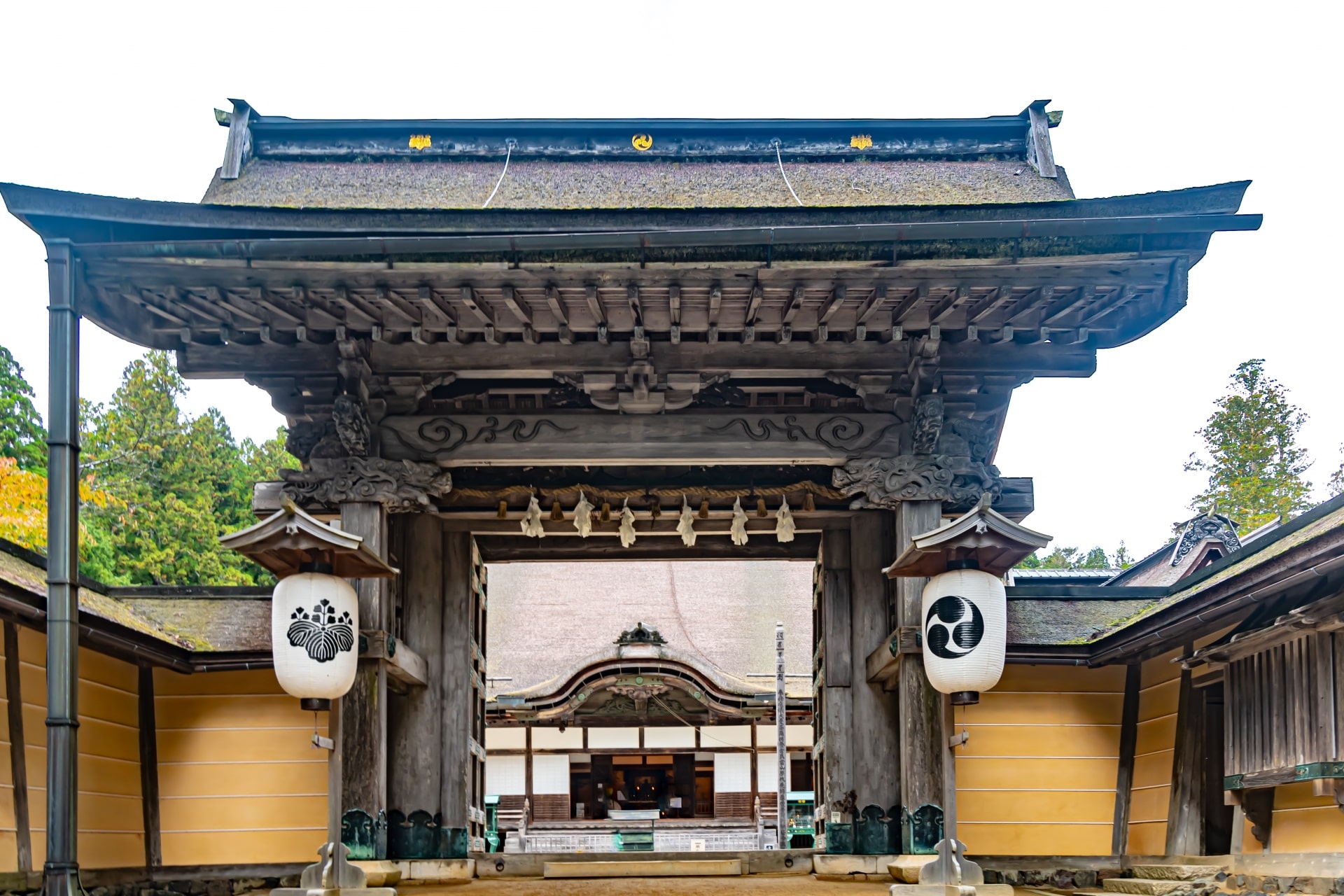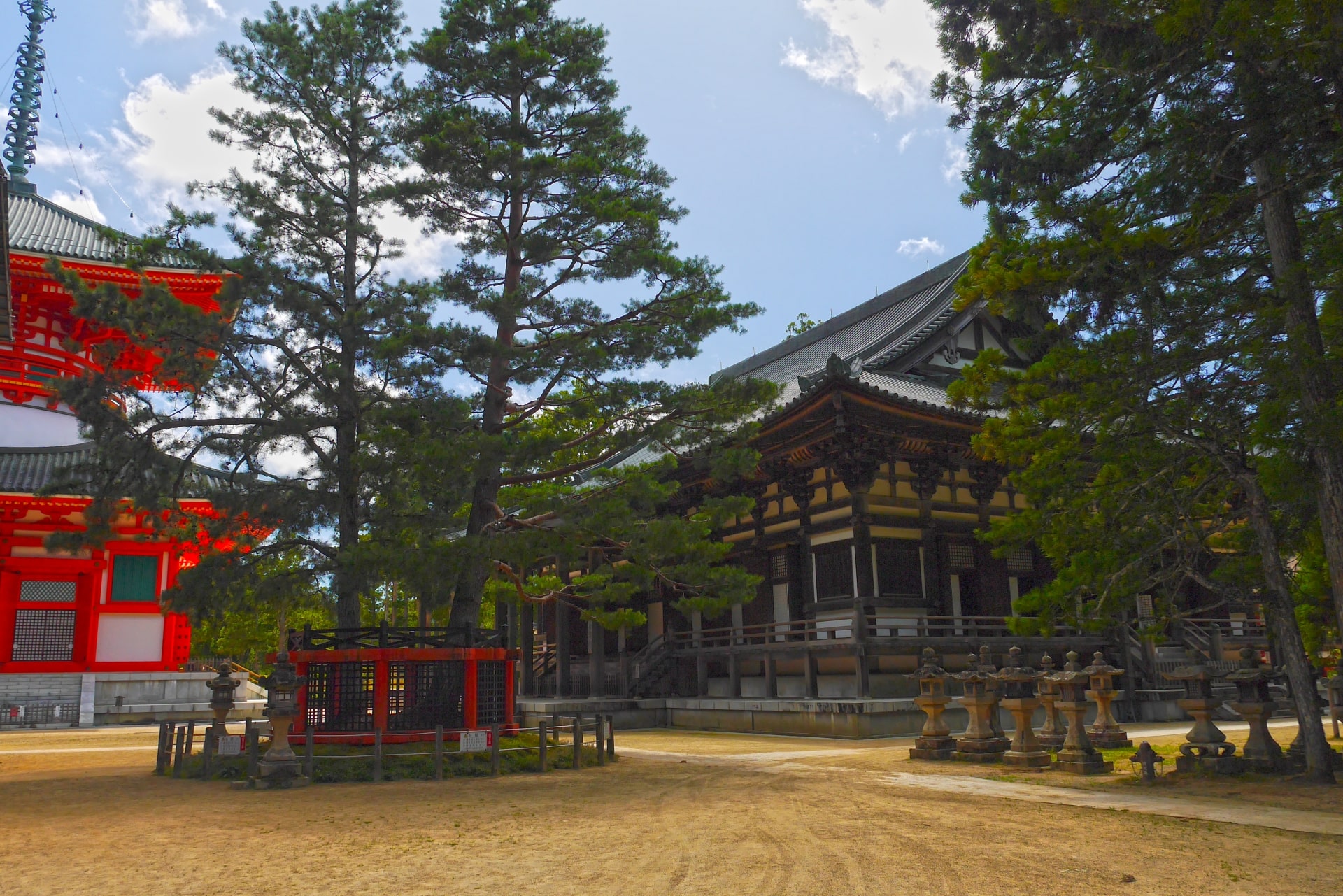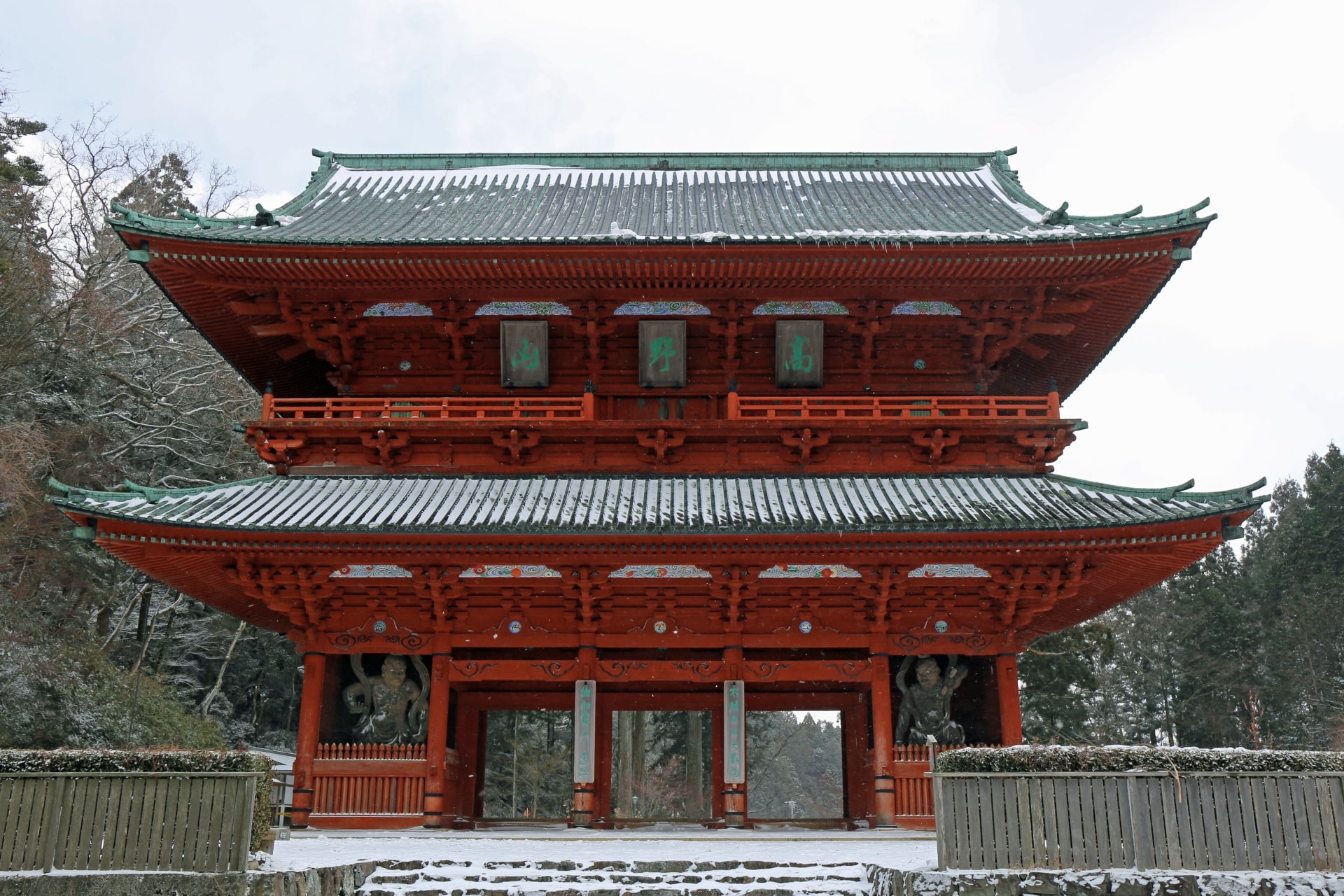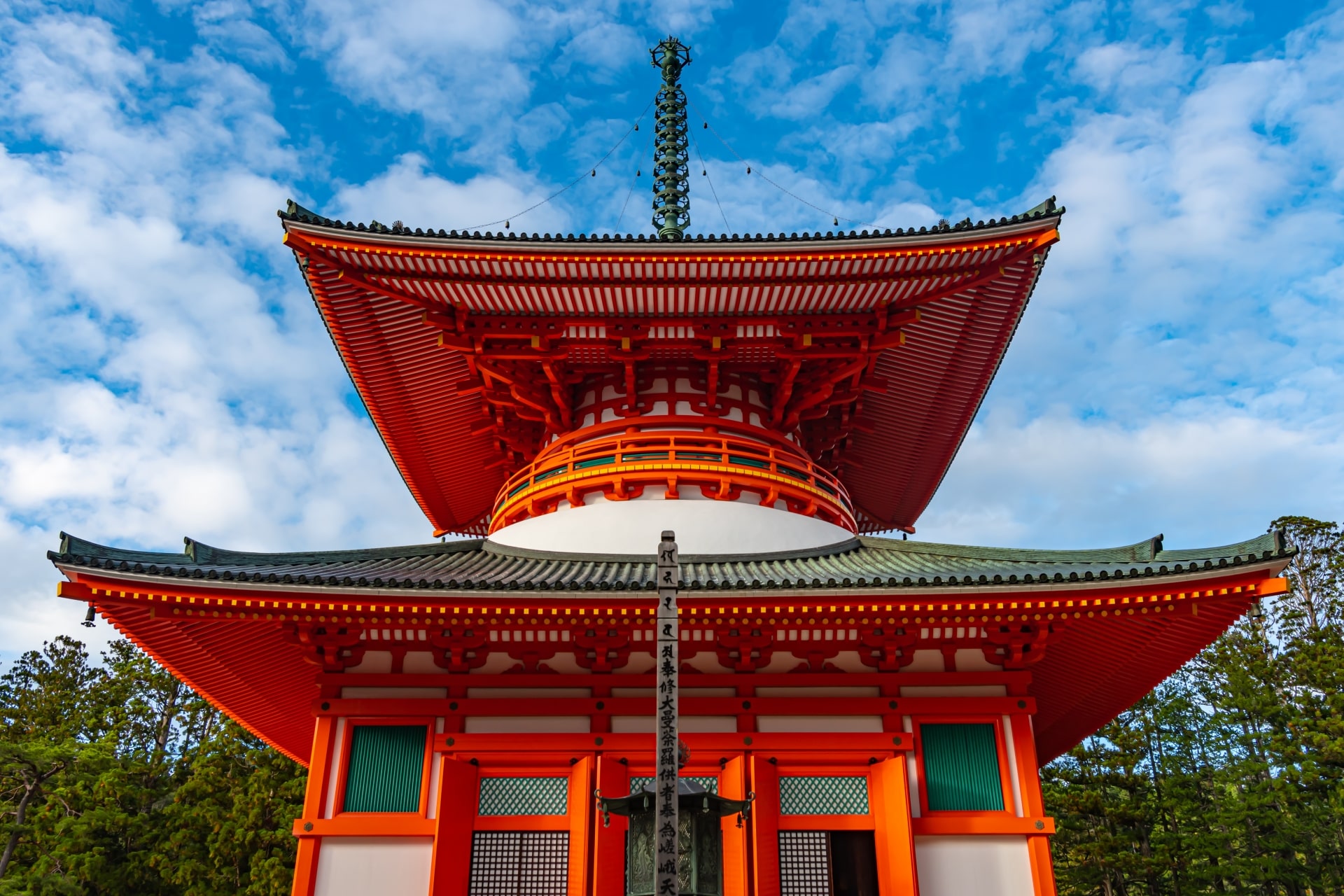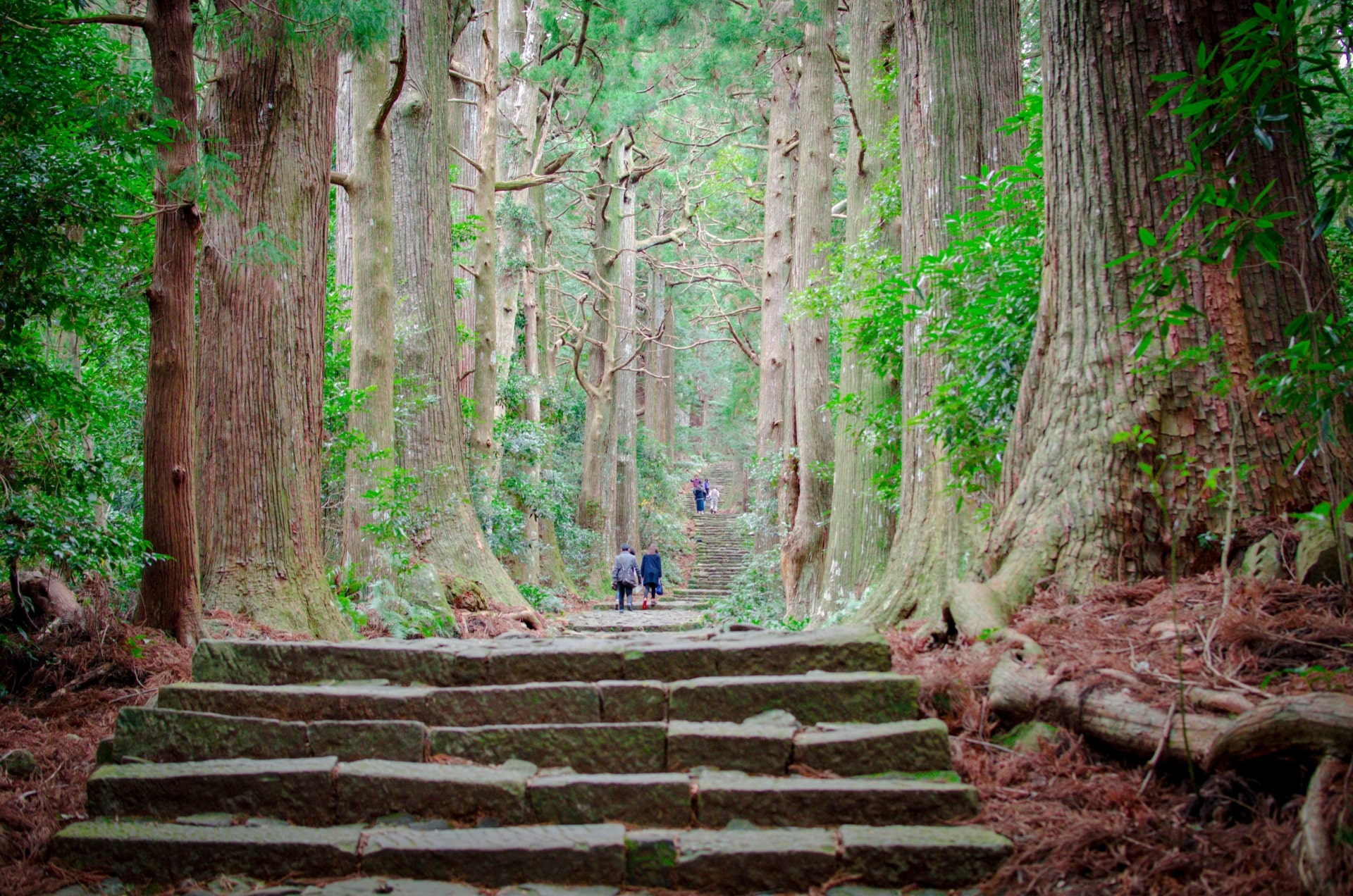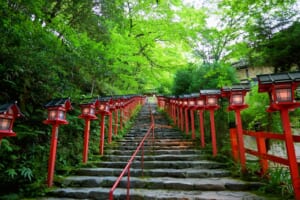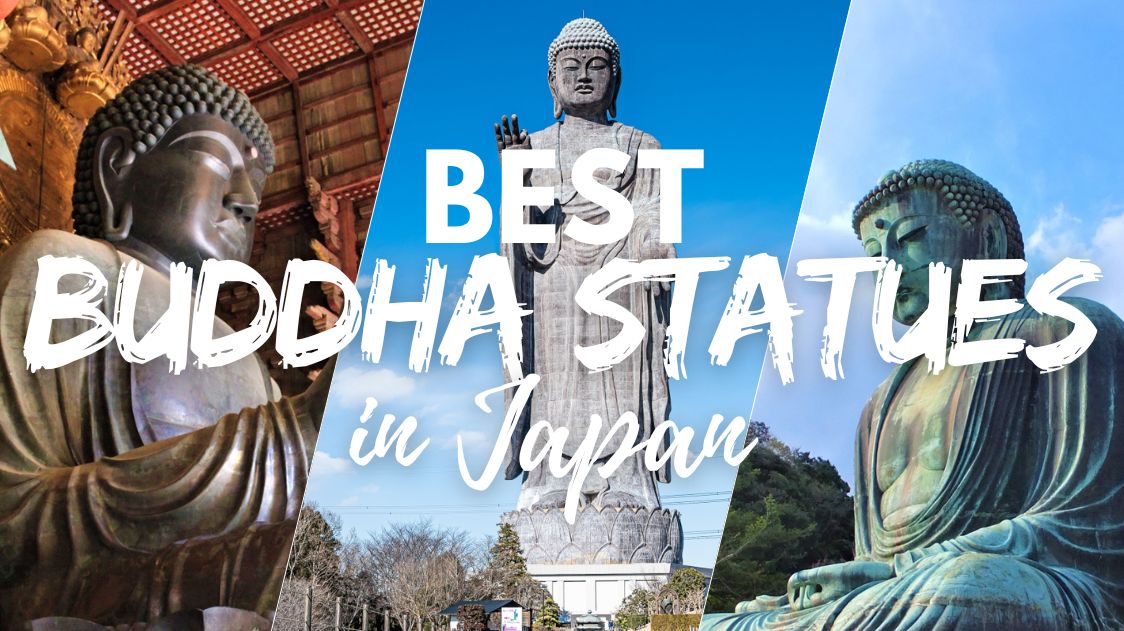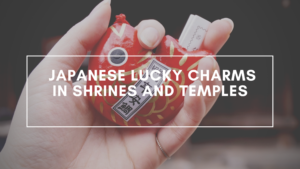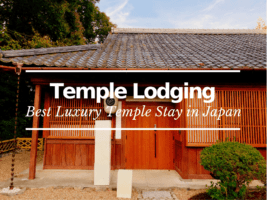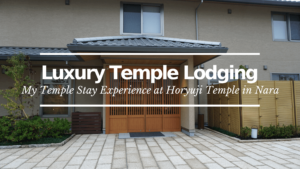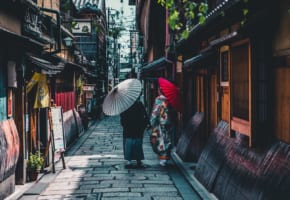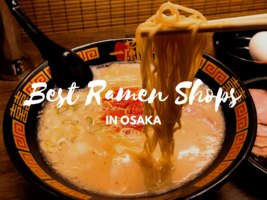10 Best Things to Do in Koyasan
Koyasan Travel Guide: What to Do in Mt.Koya Now
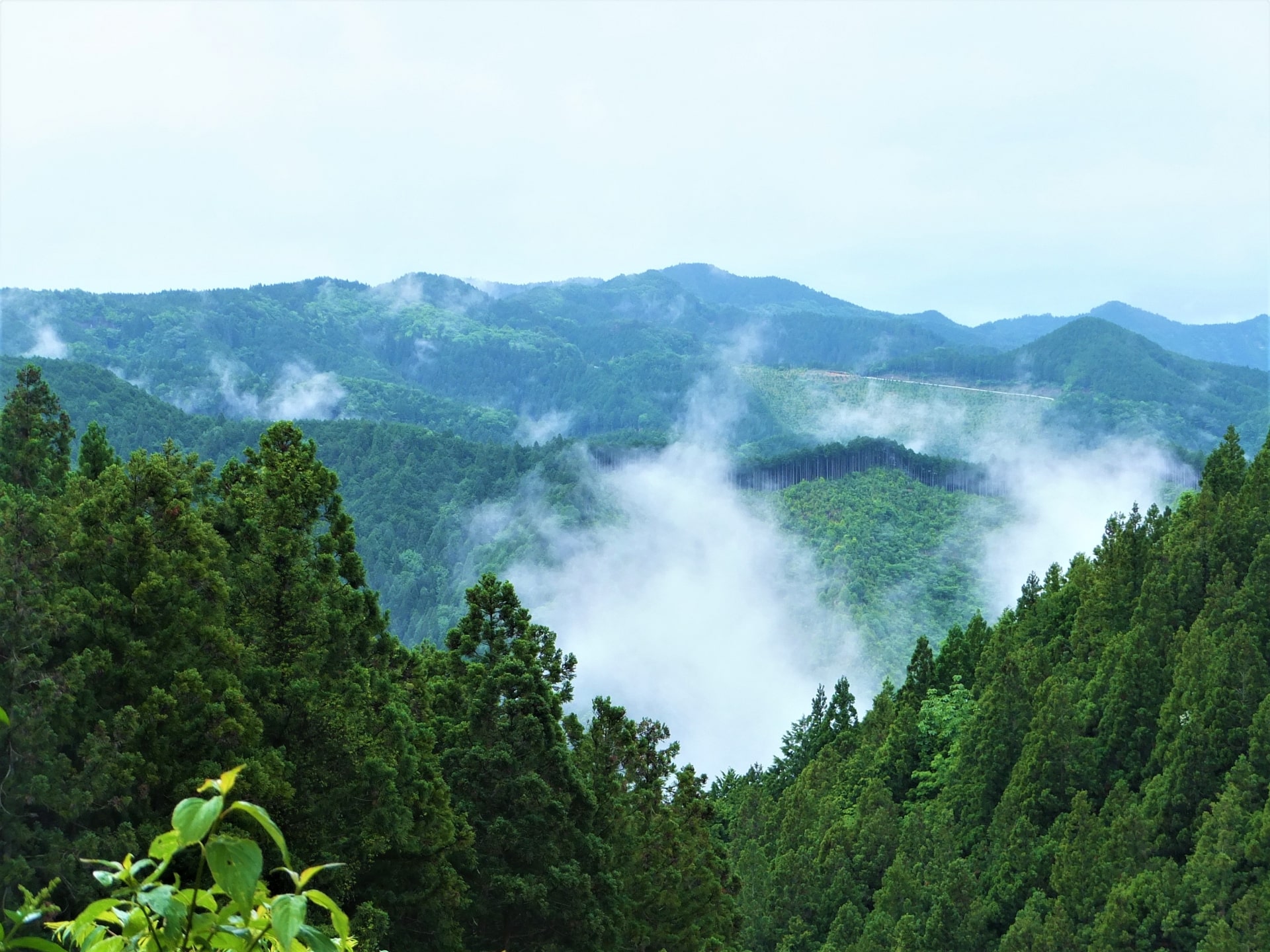
Koyasan (高野山), or Mt. Koya, is the heart of Shingon Buddhism, a major school of Buddhism introduced in Japan by the monk Kukai in 805. Kukai established the Koyasan Temple settlement in 819. Since then, the original monastery has grown into the remote temple town of Koya, located in the Wakayama Prefecture to the south of Osaka. It stands on a mountain plain 800 meters high and is surrounded by eight mountain peaks, which is thought to symbolize the lotus. Today, Mt. Koya is designated by UNESCO as a World Heritage Site. It is the start and end point of the historical Shikoku Pilgrimage route, and one of the best cultural and historical places to visit in Japan. Here are the best things to do in Koyasan.
1. Okunoin Temple
The mausoleum of the monk Kukai lies here in the Okunoin Temple (奥之院), one of the most sacred places in the country. It is believed that Kukai is resting in a state of eternal meditation as he awaits Miroku Nyorai, the Buddha of the Future. For visitors looking for salvation, it is said that Kukai will offer relief. Okunoin Temple is Japan’s largest cemetery with more than 200,000 graves. Walk amidst the graves of religious figures, royalty, and feudal lords, and among the ancient moss-covered cedar trees to experience the sanctity of Okunoin temple. As a haven for spirituality and sanctity, photography and filming are restricted here and most of Koyasan’s other sites.
2. Torodo Hall (The Hall of Lanterns)
The path running through the Okunoin Temple leads to Torodo Hall (燈籠堂), or the Hall of Lanterns. Torodo Hall was built has a chapel of Kukai’s mausoleum and a place to worship. Inside, the lanterns at the front of the hall are ones an “unquenched flame,” that have burned continuously for over one thousand years. As a place of peace and spirituality, cameras are prohibited. For an unrivaled experience of beauty and serenity, visit Torodo Hall at night under the soft glow of tens of the tens of thousands of lanterns. Torodo Hall is open from 5:30 am to 5:30 pm.
3. Kongobuji Temple
Kongobuji Temple (金剛峯寺) is known as the main temple of Koyasan Shingon Buddhism. It was built in 1593 by the samurai and feudal lord, Toyotomi Hideyoshi and rebuilt again in 1861. Its main gate remains the original built in 1593 and stands as the oldest part of the temple. Inside, admire the fusuma paper door paintings by Kano Tanyu, one of Japan’s most important artists along with others. Visit the temple’s rock garden, which is Japan’s largest. You can also listen to the monks’ sermons and try your own hand at meditation. It is open from 8:30 am to 5 pm, and the last entry is at 4:30 pm. The admission fee is 500 yen.
4. Danjo Garan
This is another sacred temple of worship. “Danjo” means an elevated place while “garan” refers to a place for people to practice Buddhism. True to its name, this has been the site for Shingon Buddhism training for hundreds of years. It was one of the first complexes built in Koyasan as a gathering place of sorts for all the monks. Even now, you might see a long procession of monks chanting as they enter the Danjo Garan (壇上伽藍). If you look carefully, you will see geometric configuration of symbols that are meant to convey the teachings of Shingon Buddhism. This is an open site, so enjoy the sacred serenity of this temple at any time of the day.
5. Daimon (Great Gate)
Daimon (大門) is the main gate and symbolic entrance to Koyasan. It is located opposite of the Okunoin temple. This imposing 25.1 meters high structure was built in 1705 after forest fires burned down the original gate. On either side of the gate stand two Vadrajhara figures serving as the guardian gods. An inscription on the gate reads, “Kobo Daishi appears each morning, makes the rounds, and offers us salvation.”
Daimon is located at the edge of the mountain, just meters away from a cliff. Stop and admire the breathtaking views of the mountains beyond and a beautiful sunset in the evening. After dark, the gate is lit up to offer a dramatic display.
6. Konpon Daito Pagoda
The Konpon Daito (根本大塔). One of Koyasan’s most striking structures, the 50-meter tall crimson pagoda is the center of the lotus-shaped formation created by Koyasan’s eight peaks. Inside the pagoda, a statue of Dainichi-nyorai, otherwise known as the Cosmic Buddha, stand in the center. It is surrounded by four attendant buddha statutes and elaborately painted pillars. Together, these objects of worship constitute a three-dimensional mandala of Shingon Buddhism. Although the pillars are rumored to have been painted by Kukai himself, the current structure and its artwork were created in 1934.
The pagoda is open from 8:30 am to 5 pm daily. The admission is 500 yen for junior high school students and older and free for elementary school students and younger.
7. Tokugawa Mausoleum
The third Tokugawa shogun Iemitsu built the Mausoleum (徳川家霊台) in 1643 to enshrine the first and second Tokugawa shoguns, his grandfather Ieyasu and father Hidetada. The structures are national cultural property and represent the ornate architecture characteristic of the early Edo period. The Mausoleum is as much an artistic masterpiece as it is a historical memorial. If you are keen on learning more about the artistic detailing, the visitor center conveniently offers audio guides for rent in Japanese, English, French, Chinese, and Korean.
The Mausoleum is open from 8:30 am to 5 pm daily. The admission is 200 yen for junior high school students and older and free for elementary school students and younger.
8. Reihokan Museum
Otherwise known as the Koyasan Museum of Sacred Treasures, this art museum boasts an intriguing array of Buddhist art and artifacts from the Heian and Kamakura periods. The collection includes paintings, calligraphy, sculpture, and mandala among other Buddhist works of art. Some of the oldest artifacts are close to 1200 years old and many are designated as Japanese National Treasures or Important Cultural Properties.
The museum is conveniently located in Koyasan’s town center and is open from 8:30 am to 5:30 pm. Admission is 600 yen for adults, 350 yen for university and high school students, and 250 yen for junior high and elementary school students.
9. Temple Stays on Koyasan
Shukubo refers to temple lodging that was originally available only for Buddhist monks. Shukubo, however, became available for ordinary visitors during the Heian period about 1,200 years ago. Today, this tradition continues on Koyasan, which offers many facilities for temple stays. While this has become a popular attraction for tourists, note that these temple stays are uniquely grounded in the sacred traditions of Buddhism. Thus, it is important for visitors to abide by each facility’s rules. It’s also a good idea to inquire about what essentials you should bring with you. Kyosan’s temple stays range in price, but the vast majority accept only cash. If you are looking for greater spiritual immersion and experiencing a little bit of a Buddhist monk’s lifestyle, Shukubo may be for you.
For more information, visit Koyasan’s list of Shukubo Temples.
10. Continuing your journey on Kumano Kodo Pilgrimage Routes
Complete your trip to Koyasan by experiencing the Kumano Kodo Pilgrimage Route (熊野参詣道), of which there are seven trails. This is one of the world’s oldest and most sacred pilgrimage routes, walked by monks, ordinary pilgrims, and the imperial family alike. The Kumano Koko Routes are designated as a UNESCO World Heritage site. While the trails run through Koyasan, you can also get to Kumano by bus if you aren’t keen on walking the entire route between Kumano and Koyasan. Buses depart from Koyasan Station and arrives in Kumano in just under five hours with a few short stops.
You can find detailed information, including trail distance, difficulty level, closest bus routes, and trail amenities on the Kumano Tourism Bureau website here, or check our guide to Kumano Kodo below
▶ Kumano Kodo Pilgrimage Routes Guide
How to Get to Koyasan
The best way to get to Koyasan is by train. You can take the Nankai Koya Line (南海高野線) from Osaka’s Namba or Shin-Imamiya Stations to Gokurakubashi station. At Gokurakubashi, a cablecar will take you on a five minute ride up Mt. Koya to Koyasan Station. From there, it is a ten minute bus or taxi ride to Koyasan’s town center. There are three main bus routes within the town of Koyasan. The main line runs from Koyasan Station to Okunoin, the second run from Koyasan Station to Daimon Gate, and the third from Daimon Gate to Okunoin. All three run through the Senjuinbashi intersection at the town center.
Koyasan is a sacred historical site known for being the heart of Japanese Shingon Buddhism. It is a place replete with nature, history, and spirituality. The many temples and structures located in close proximity make for a perfect walking tour and day trip. Located about 90 kilometers to the south of Osaka, Koyasan is a serene escape from the hustle of a big city. To make the most of your trip, first stop by the Koyasan Central Tourist Information Center to purchase passes and rent an audio guide. You can purchase tickets for individual sites. Or, for 2500 yen, get a combination ticket that can be used over multiple days.
For more information about traveling in Japan, check these articles below, too!
▽Related Articles▽
▼Editor’s Picks▼
Written by





